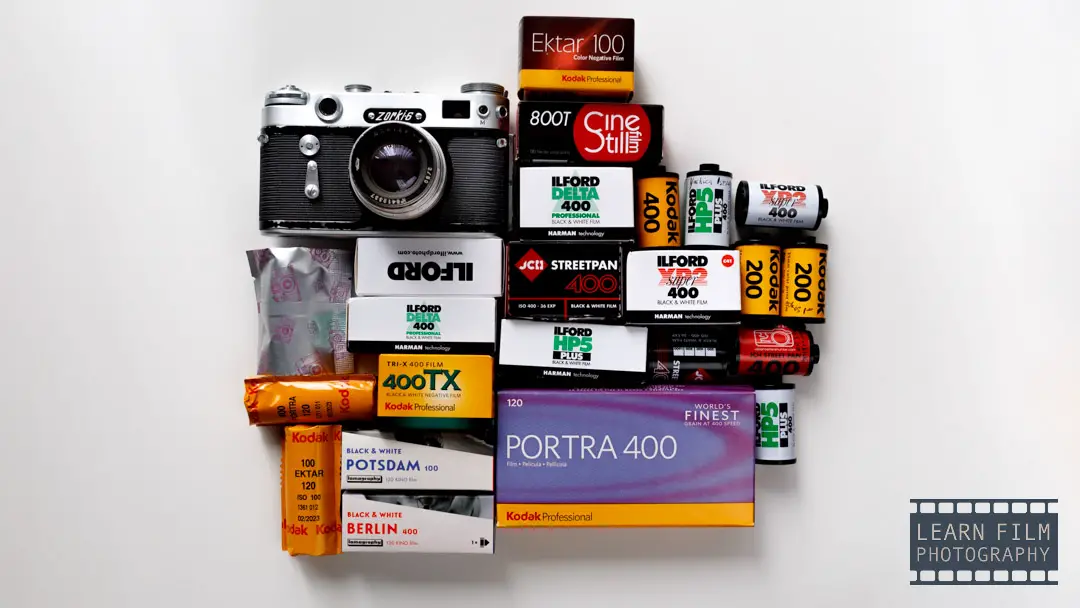The ISO of your film controls more than just the sensitivity to light. There is a common belief out there that low ISO film, like Kodak Ektar, Portra 160, Adox CMS 20, or Ilford Delta 100 is going to produce better images than higher ISO 400 film.
But the answer isn’t that simple — there’s always more to the story. So, is high ISO film worse than low ISO film?
Low ISO film stocks show fewer grains and create much higher resolution images than ISO 400 or higher films, but require more precise metering to create good images. Higher ISO film stocks have higher dynamic range, which allows them to push and pull as well as to be flexible in a wider-range of lighting scenarios.
An ISO 100 or lower film can produce images that contain over 80 megapixels of resolution, meaning when you want the absolute highest image quality, you’ll need a low ISO film stock. But lower ISO isn’t always better.
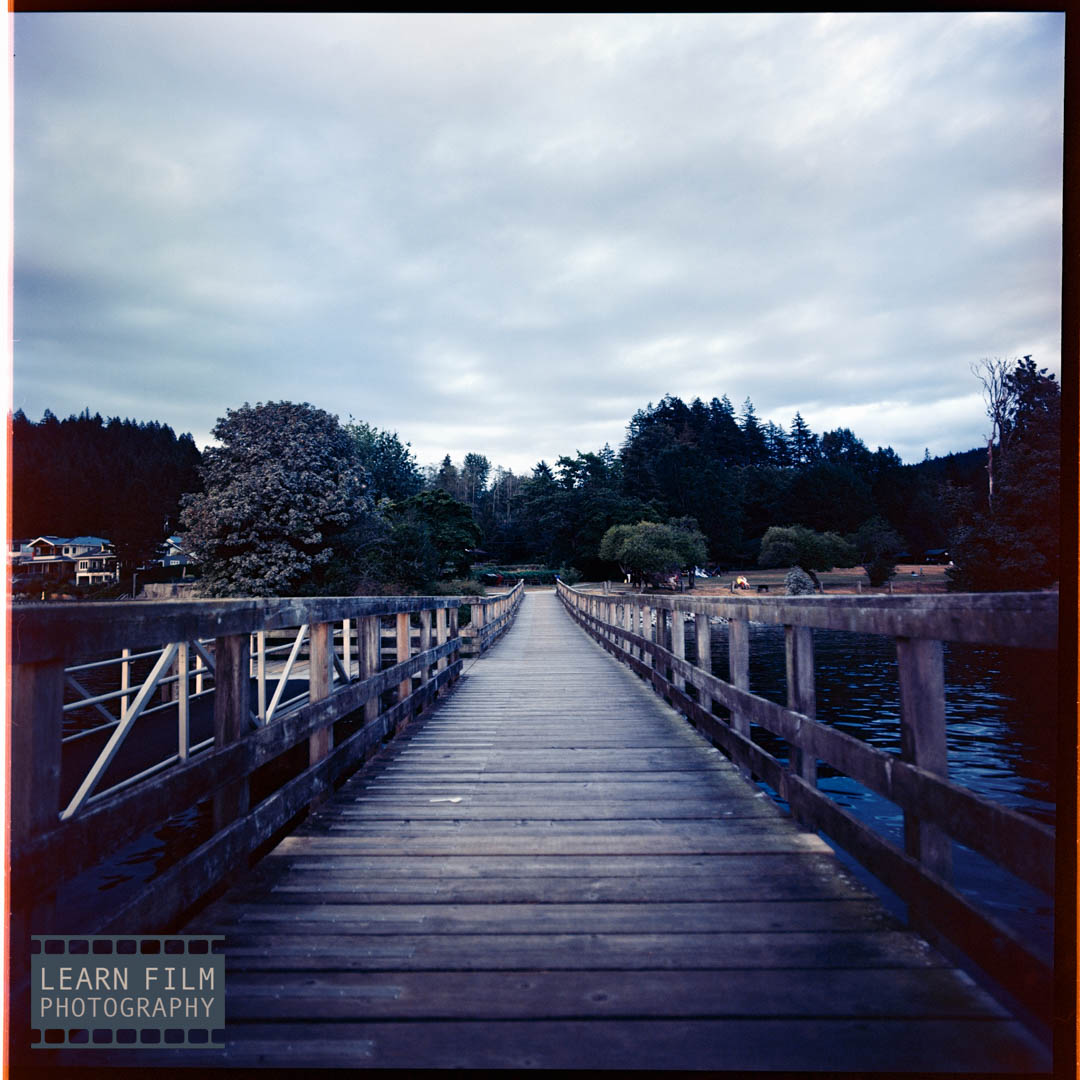
When is low-ISO film the best choice?
ISO 100 film creates super high-resolution images that appear almost grainless. The ISO is lower because the film uses smaller, tightly-packed grains that require more light than large grains to create an exposure.
The grains after development on a 100-ISO film are so small that it’s difficult to see them without a microscope. When scanning the film with a digital camera, I often struggle to find the grain when magnifying the image 11x to get tack-sharp focus.
The downside (or upside for some) to low-ISO films is that they create images with higher contrast than higher ISO film stocks.
The result of having such fine grain is that the images can be magnified and enlarged much more than a higher ISO image. Even images enlarged up to 6 feet wide (1.8 meters) will still appear sharp to the eye up close and personal.
Landscape, portrait, and macro photographers love low ISO film stocks. Landscape and macro photographers can use long exposures, whereas portrait photographers using flash can increase the flash power for perfect exposure.
Any application where you need the highest image quality and aren’t worried about getting a fast, handheld exposure will be perfect for low-ISO film stocks.
For the sharpest images, I highly suggest using Ilford Delta 100 (find it on Amazon here) for B&W shooters, or Kodak Portra 160 (on Adorama here) for color.
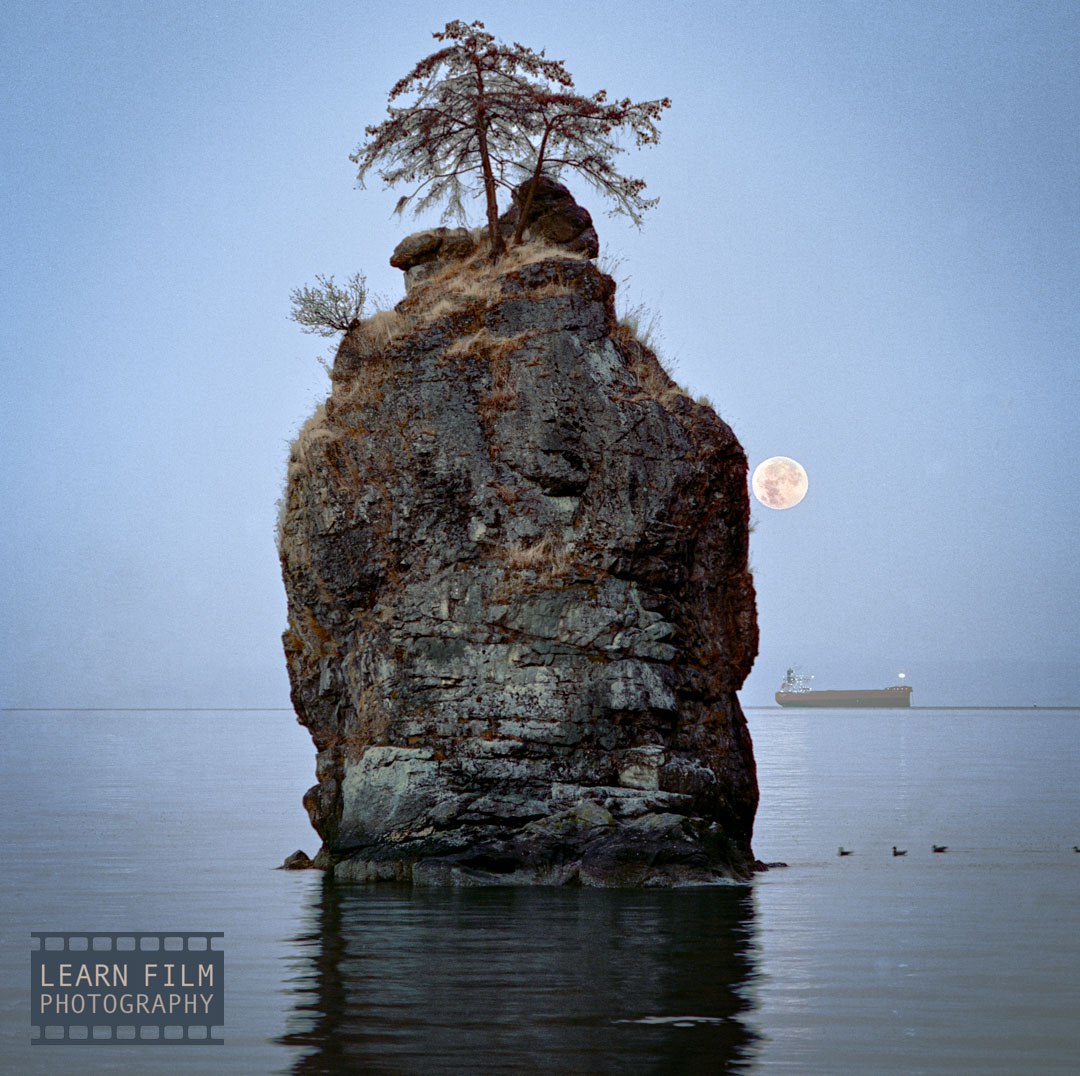
Why ISO 400 film stocks are the most popular
The best-selling film stocks of all time are Kodak Tri-X and Kodak Portra 400. 400 film stocks like these are fast and dynamic because of their mix of large and small grains.
The small grains capture the brighter light and fill in the spaces between the larger grains, which make up most of the shadow detail on the film, which gives these film stocks a much larger amount of dynamic range to work with when shooting in complicated lighting scenarios.
They’re not as contrasty as 100-speed films when shot at box speed, which means that they are more versatile in post-production as well. You can always add contrast when printing film, but it’s much harder to remove contrast later.
A 400-speed film can be shot between ISO 200 and 800 without having to push or pull the film, which makes these incredibly versatile. 400-film is also fast enough to hand hold in most lighting conditions, including in cloudy weather or even at sunset and sunrise.
Film stocks like Portra 400 and HP5 specifically are incredibly good at pushing and pulling during the development cycle. While most films become very contrasty after pushing, HP5 and Portra 400 will retain a lot of shadow detail, making them ideal candidates for shooting in low light conditions.
HP5 in particular is the most versatile film on the market today. Despite being an ISO 400 film, HP5 will create perfect images with rich blacks and whites even when pushed to ISO 1600.
Get this incredible black and white film on Amazon here.
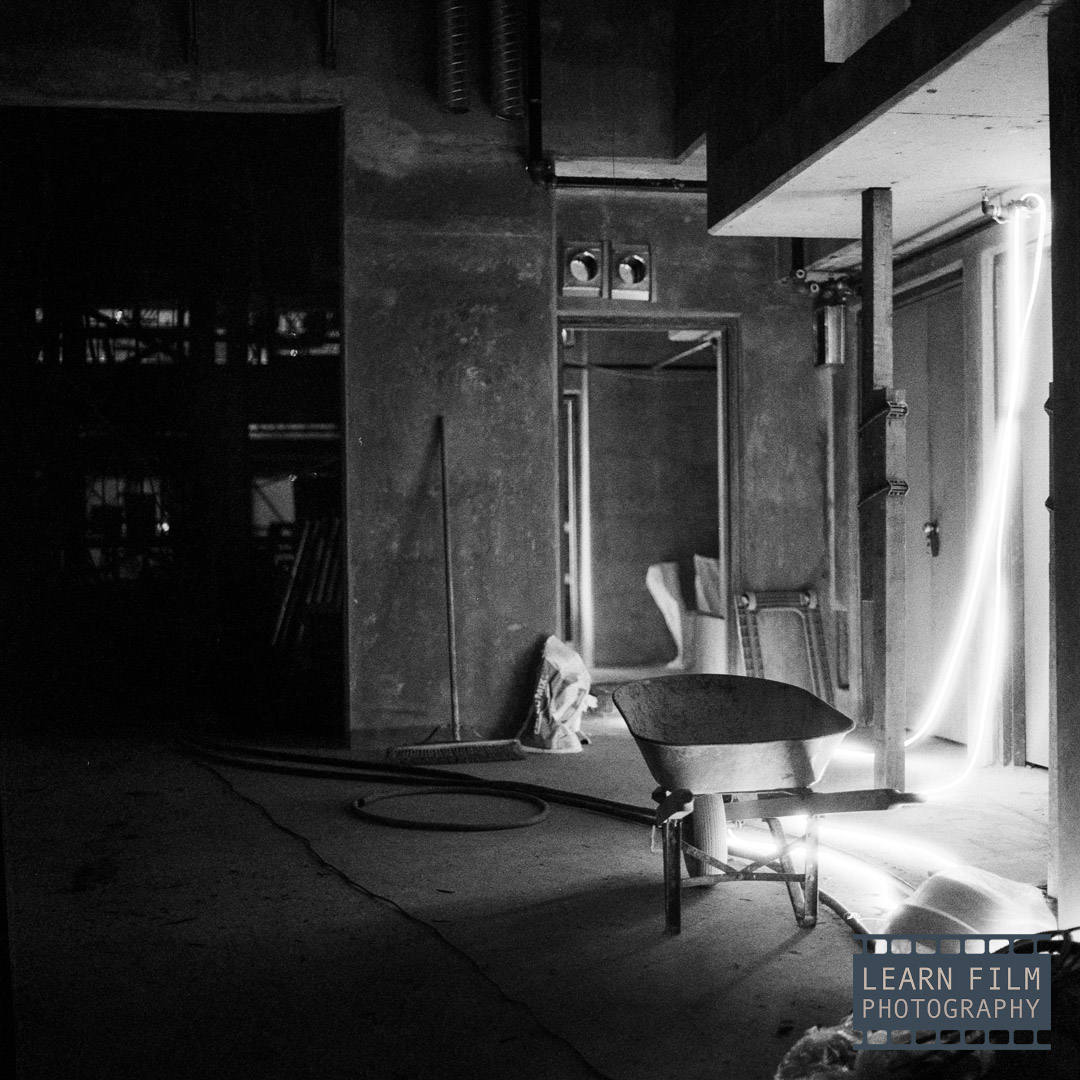
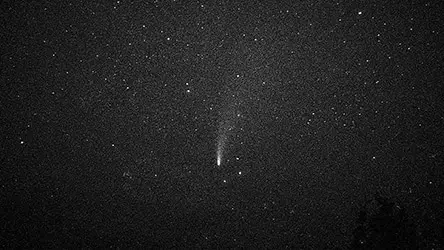
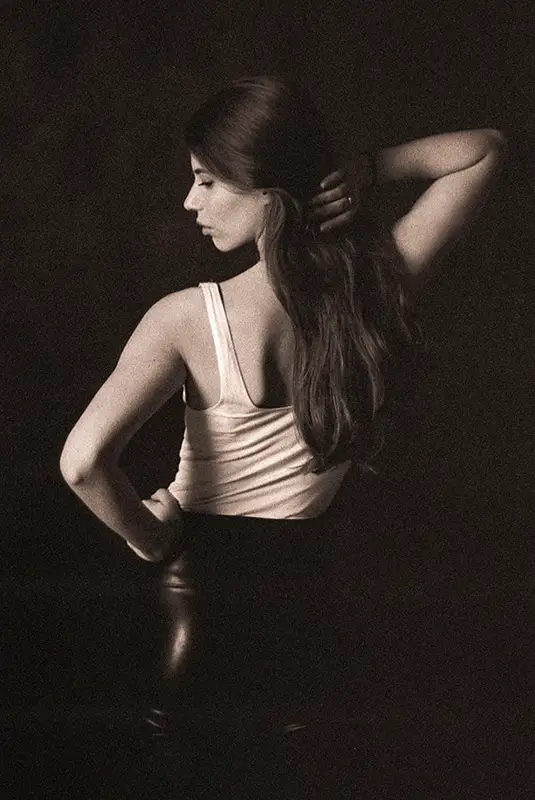
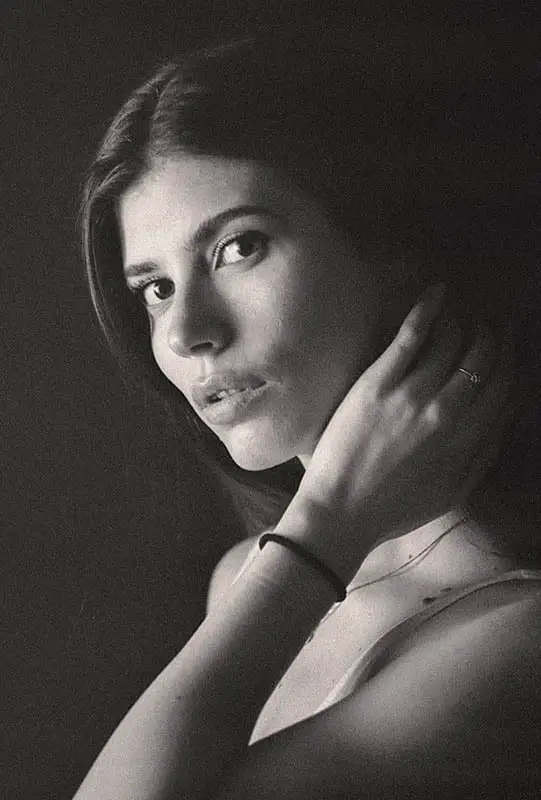
Are high-speed films with using?
If you’ve heard that low-ISO films are the only ones worth using, you may not even want to touch a high-speed film with a 10-foot pole. But high-speed films are an incredibly important part of the film ecosystem for a good reason.
Over time, film has gotten incredibly good. Back in the 50s, a roll of ISO 400 film was so grainy and coarse that it almost wasn’t worth shooting. But since then, Kodak, Afga, Ilford, Orwo, and Foma developed the technology so well that films today are almost grainless in comparison.
The biggest leap forward was the invention of the T-grains (or tabular grains), which are able to capture more light with less silver and make images with finer grain than ever before. No grain on the market today doesn’t have at least some T-grains in them.

These days, high-speed films are almost indistinguishable from low-speed films, even up close. The higher sensitivity makes these films useful for times when you need to use a faster shutter speed, like capturing photos of birds and sports, or even just in low-light.
At the end of the day, even if there is a little more grain, it’s more important to get the shot than to create perfect image quality. If perfection was your goal, then you’re likely better off shooting digital.
High-speed films, like Kodak P3200 or Ilford Delta 3200 are T-grain films that have a large, but overall pleasing grain profile that actually looks a lot like a classic film. There’s no better way to achieve a classic, film-noir look than by using an ISO 3200 film like Delta 3200.
Find some amazing, classic-looking Delta 3200 film on Amazon here.
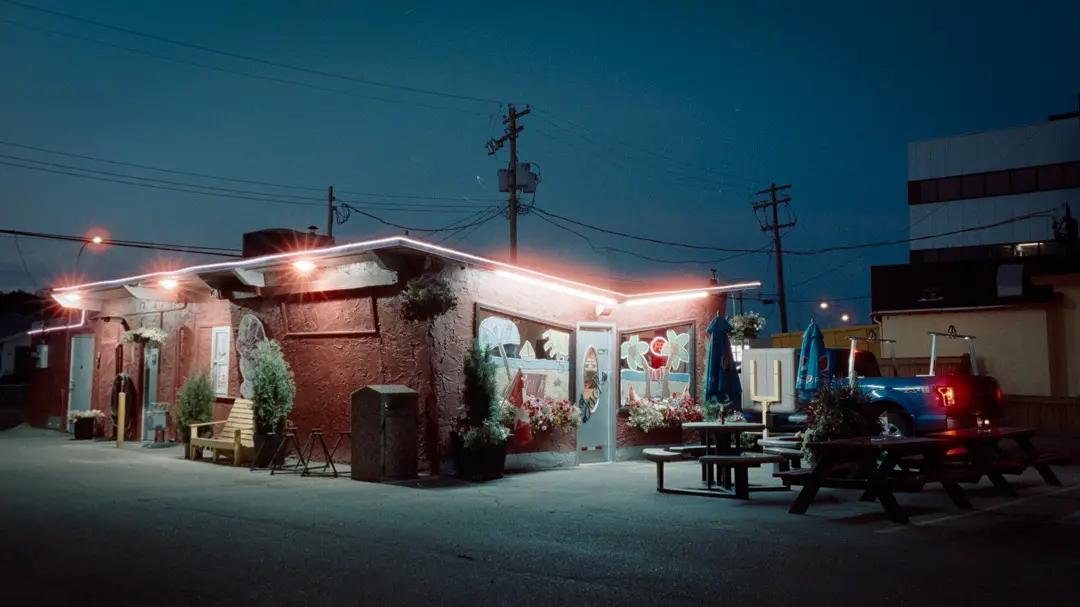
The one thing CineStill 800t does better than any other film stock
There’s one ISO 800 film stock that is incredibly important to the film photography ecosystem, and that’s CineStill 800t. 800t is the only tungsten-balanced color film stock available to film shooters, which is important for taking photos at night.
Daylight balanced color film requires an ISO adjustment to create a perfect exposure at night, since it often isn’t as sensitive to orange-colored light, like street lamps, or interior lights. That means a roll of Portra 800 has to be exposed at ISO 200 at night, which kind of defeats the purpose.
CineStill 800t is the only color film that doesn’t need this adjustment, and it can even be pushed to ISO 3200 and still create awesome results at night. That’s why CineStill 800t is one of my favorite color films of all time.
Get yourself a roll or two of CineStill 800t on Adorama here.

By Daren
Daren is a journalist and wedding photographer based in Vancouver, B.C. He’s been taking personal and professional photos on film since 2017 and began developing and printing his own photos after wanting more control than what local labs could offer. Discover his newest publications at Soft Grain Books, or check out the print shop.

